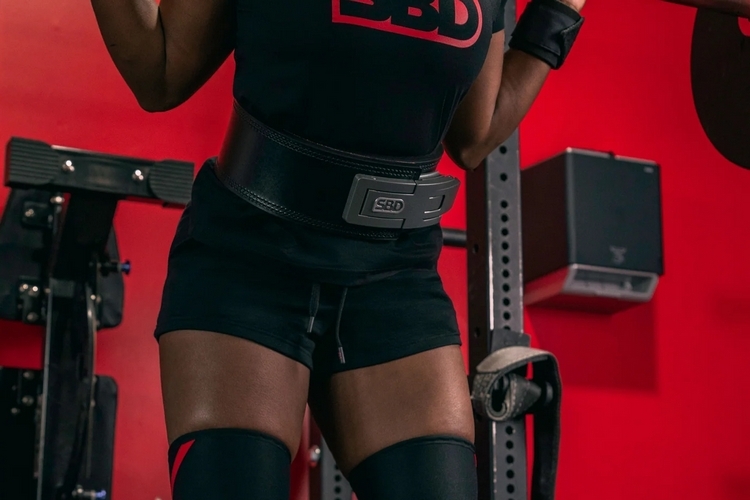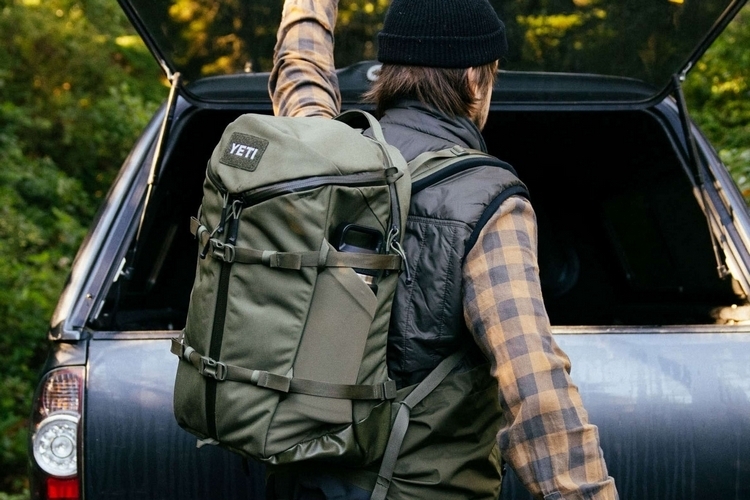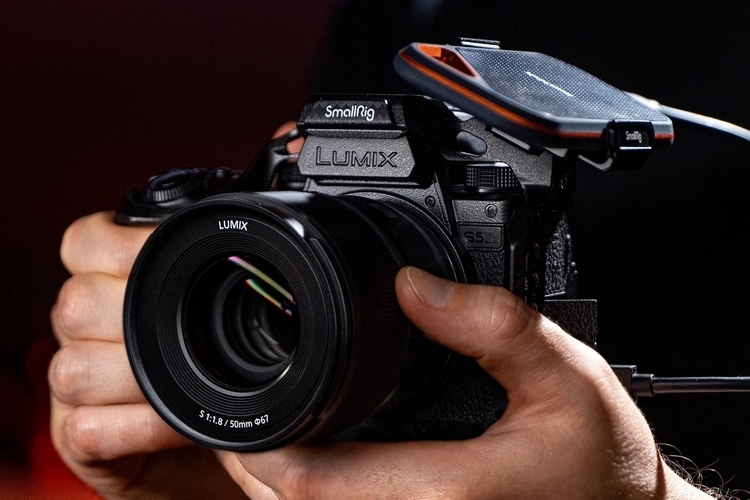
Over a decade and a half after Panasonic introduced the first commercial mirrorless camera, the category has set the standard for the interchangeable lens market. That’s right, they’ve handily overtaken DSLRs even among many professional users. It’s not surprising, considering how good mirrorless cameras have gotten, all while coming in more compact form factors that’s just a lot more convenient to bring along, whether you’re snapping stills or capturing video.
While mirrorless cameras originally came with compact Micro Four Thirds sensors, they’ve since incorporated larger APS-C and even larger full frame variants. Obviously, cameras with bigger sensors will be capable of better image quality, although modern cameras integrate so much technology that it’s possible to bridge the gap somehow with some innovative solutions. Plus, the smaller the sensor, the smaller the camera body and the lenses, which makes them a lot more convenient to have around.
Aside from the sensor type, what other factors should you consider when shopping for the best mirrorless cameras? Well, there are many and what will matter to each person will depend largely on their individual use-cases. Size and weight are, of course, a major consideration. It’s the main reason why mirrorless cameras have overtaken the DSLR format. Some might value viewfinder quality, lens compatibility, or battery life, while others might be more concerned about shooting speed, autofocus capability, or video quality.
Whichever the case, these are, in our opinion, the best mirrorless cameras available today.
Olympus OM-D E-M10 Mark IV

Pros
- Feature-packed for its price point
- Superb stabilization
- Very compact and easy to use
Cons
- Only two customizable buttons
- Image quality not as good as bigger sensors
Sensor: 20.3 MP Micro-Four Thirds
Autofocus: 121-point contrast detection
Lens: MFT
Screen: 3-inch 180-degree flip-down touchscreen
Viewfinder: EVF 2.36 million dots
Others: Five-axis in-body stabilization, 16 shooting modes, 4K 30p video
If you want to get into mirrorless cameras without forking out anywhere near four figures, this entry-level model is what we’d recommend. Beginners will love its compact size that make it ideal as a travel camera, all while coming with a smattering of features that make it an attractive proposition even for intermediate users. It has a fast autofocus, a high-resolution electronic viewfinder, and produces detailed image with vibrant colors. Sure, the smaller Micro Four Thirds sensor doesn’t quite achieve the same image quality as more expensive models, but it’s close enough in quality that it’s not really an issue, especially at this affordable price point.
The in-body image stabilization is very impressive, consistently producing sharp, blur-free handheld-shot images using different lenses, while being compatible with hundreds of lenses from Olympus and Panasonic, along with various third-party manufacturers. We also love the comfortable grip, as well as the customizable touchscreen menus, so you can hide settings you don’t really need to reduce clutter. Speaking of the touchscreen, it can even tilt for those inevitable selfies everybody shoots with their cameras these days.
Canon EOS R7
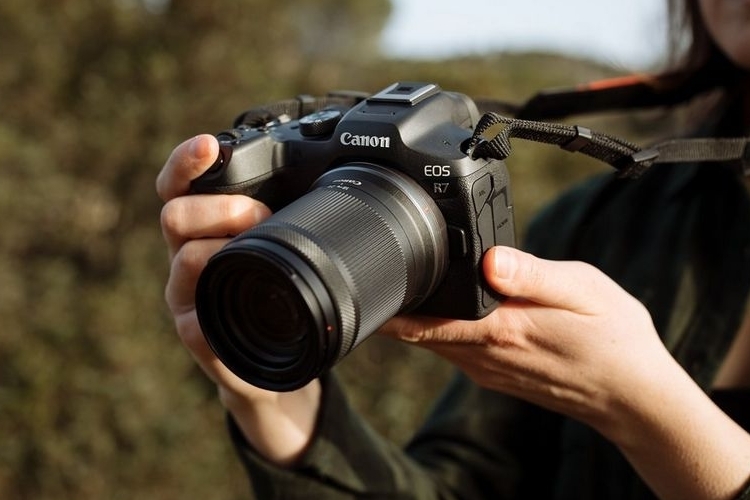
Pros
- High-resolution APS-C sensor
- 30fps maximum shooting speed
- Arguably the best autofocus system around
Cons
- Not compatible with EF-M lenses
- Small buffer
Sensor: 32.5 MP APS-C
Autofocus: Dual Pixel CMOS AF II
Lens: Canon RF, RF-S
Screen: Vari-angle touchscreen
Viewfinder: EVF 2.36m dots
Others: Five-axis in-body stabilization, 4K 60p video, 7K oversampling
With a maximum shooting speed of 30fps (electronic), this mirrorless camera handles sports and action photography very capably, while extending the effective foal length of your lenses with its 1.6x crop factor. It uses the same autofocus system found in the EOS R3, which detects and tracks subjects with impressive speed and accuracy, even adapting quickly when we switched between head, eye, and body detection. Seriously, fast-moving subjects aren’t an issue, whether in photos or videos.
It has very high resolution compared to your typical APS-C cameras, which, when combined with the crop factor and the AF speed, makes it incredible for use when shooting wildlife. The five-axis stabilization system can offer up to eight stops of compensation, depending on the lens you use, while shooting uncropped 4K 60fps video for stellar footage, complete with dedicated headphone and microphone jacks. It can even record around an hour’s worth of video before getting too hot that you need to take a break.
Fujifilm X-T5
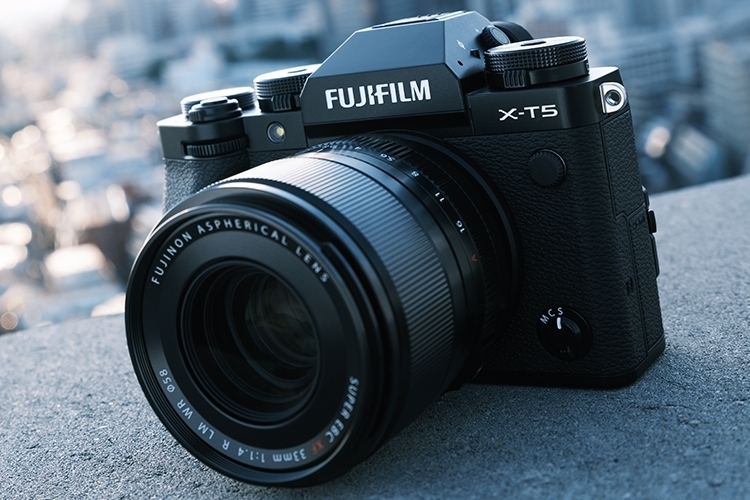
Pros
- Very high resolution for an APS-C sensor
- Stellar photography features
- Intuitive controls reminiscent of analog photography
Cons
- Touchscreen doesn’t articulate for selfies
- Not very good at high ISO settings
Sensor: 40 MP APS-C
Autofocus: Phase detection
Lens: X Mount
Screen: Three-way tilting touchscreen
Viewfinder: OLED EVF 3.69 million dots
Others: Five-axis in-body stabilization, 6.2K 30fps video, 580-shot battery life
Another APS-C model, this mirrorless camera is unabashedly biased towards photography, making it a downright enjoyable camera for photographers who long for that analog-style experience. Seriously, the analog-style handling feels so unique in this modern day, with the most common functions readily available using dials at the top of the body. It uses a 40MP APS-C sensor, which is easily the highest resolution in its class, allowing you to produce images you can print at very large sizes, while the outfit’s 19 film simulation modes give those photographs even more character. In a pinch, though, you can also use it for video, with the camera capturing 6.2 at 30fps and 4K at 60fps. And yes, the video footage looked beautiful, too.
The in-body stabilization provides seven stop of compensation (can go down to six, depending on the lens), allowing you to shoot sharp, clear photos even in difficult shooting situations, while the subject-detection autofocus did a great job of locking into specific subjects and staying on them continuously. We especially love the battery life on this thing, which lets you take nearly 600 shots with a full battery, as well as the weather-sealed construction that lets you use it safely even in heavier downpour (just make sure you use a weather-resistant lens, too). Do note, the three-way tilting touchscreen doesn’t tilt 180 degrees like some cameras, so bear that in mind if you plan to use this for selfies.
Panasonic Lumix S5 IIX
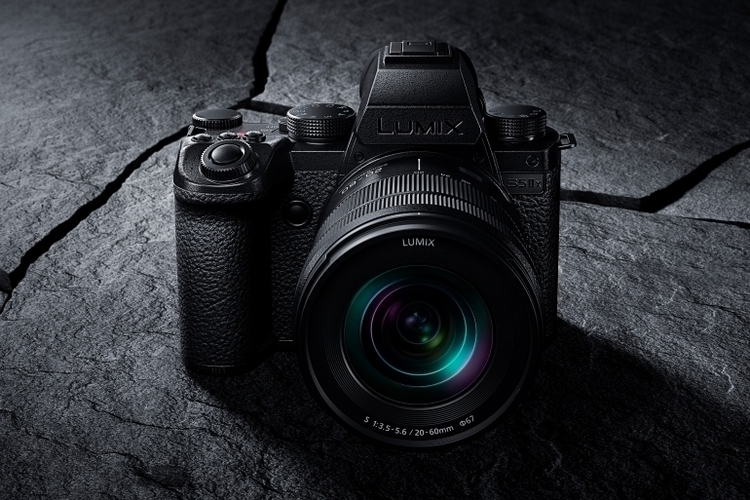
Pros
- Best in class stabilization
- Amazing video features
- Fantastic all-around performance
Cons
- Autofocus not as good as others
- No CFExpress slot
Sensor: 24.2MP CMOS sensor without Low Pass Filter
Autofocus: 779-point phase hybrid
Lens: L Mount
Screen: 3-inch vari-angle touchscreen
Viewfinder: EVF 3.68 million dots
Others: Five-axis in-body stabilization, 6k 30fps video, 30fps shooting speed

While the Fujifilm above is best recommended for photography enthusiasts, this mirrorless camera is the one you’d want to endorse to your filmmaking friends. It offers a huge range of video resolutions and formats, along with different compression types and bitrates, enabling users to really customize their video footage to the very specific needs of their own production. Heck, it even supports the popular B-RAW format, which is pretty uncommon even among cameras in this price range, all while supporting live streaming at 1080p 60fps directly from the camera itself. Of course, none of these is a surprise, considering video has always been the main strength even with its S5 predecessor.
What makes this special, though, is that it’s really a terrific all-around performer. That means, it takes just as stellar photos as it does those video footage. The autofocus can take some getting used to if you’re coming from a different camera brand, as it tends to get distracted when there are plenty of subjects in the frame doing their own thing, but it works flawlessly for the most part. Suffice to say, this is a big step-up compared to the outfit’s previous autofocus efforts.
Nikon Z9
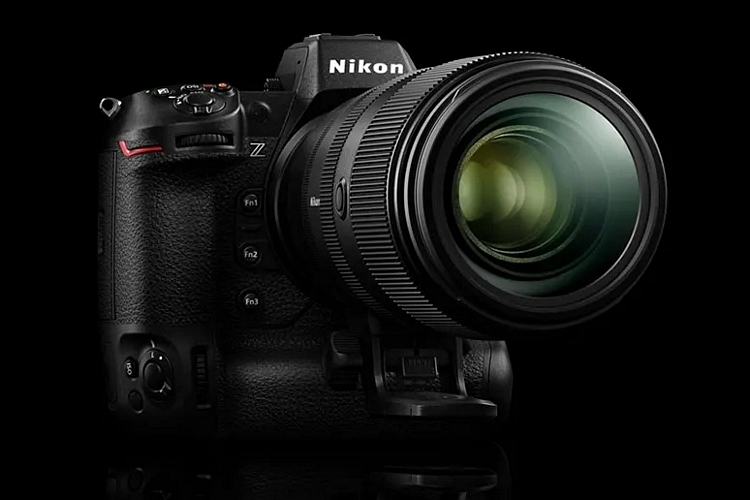
Pros
- 8K 60fps video
- 120fps burst shooting (JPEG)
- Great balance of high resolution and speed
Cons
- No mechanical shutter
- Touchscreen has limited tilting capabilities
Sensor: 45.7MP full-frame BSI
Autofocus: 493-point hybrid phase/contrast detect
Lens: Z Mount
Screen: 3-inch dual-axis tilting touchscreen
Viewfinder: EVF 3.69 million dots (3,000 nits of brightness)
Others: Five-axis in-body stabilization, 8K video at 60fps, 4K video at 60fps,
Designed for professionals, this mirrorless camera is big for the category, but probably sized just right for the amount of features it brings onboard. For one, it’s got a 45.7MP full-frame BSI sensor that can capture stills at rates of 30fps at full resolution and 120fps at 11MP, with no viewfinder blackout whatsoever. Yes, those are real numbers and they sound nuts even if they were restricted to JPEG format (RAW stills slow down a bit to 20fps). For video, it can shoot 8K at 60fps and 4K at 120fps using the N-Raw video format. If you prefer ProRes RAW HQ, you’re limited to 4K at 60fps, which is still very impressive. Even more impressively, it can shoot at that quality without overheating upwards of an hour, making this an absolute beast at both photos and videos. It’s also arguably the best camera we’ve used when it comes to low-light performance.
The autofocus is incredibly good, albeit still a rung below what Canon and Sony offers. It is, however, quick and precise, making it easy to keep track of subjects even in fast-moving scenes, all while being able to recognize nine kinds of simultaneous subjects, so you can have people, animals, and vehicles in one scene without the autofocus losing track of whichever one you’re following. The image stabilization offers just five stops, with the camera gaining an extra stop if used with the right lens, although it’s still very good, allowing for very sharp, very stable handheld captures. Other nice elements include the 3,000-nit EVF (yes, it’s that bright), a weather-sealed construction, and a superb vertical grip that makes handheld use pretty easy.


